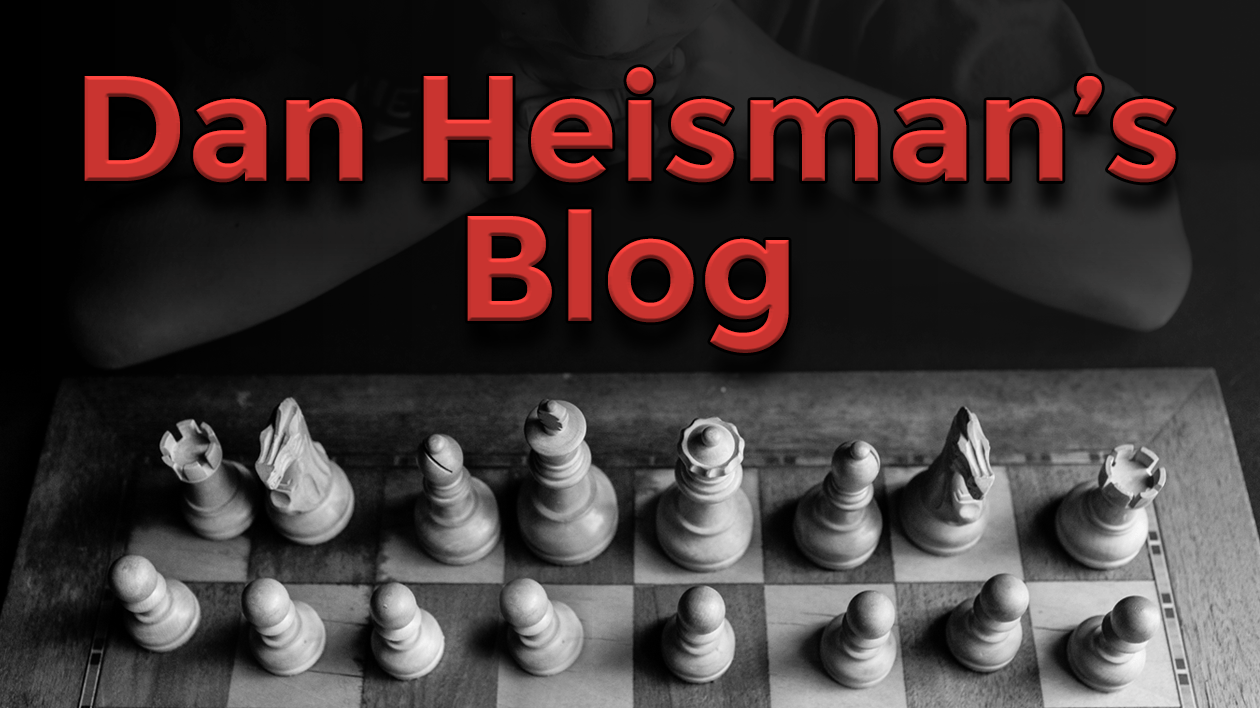
Missing Zugzwang as an Endgame Weapon
One of my students' problems I often encounter in lessons is that inexperienced players, and even intermediates, sometimes underestimate how common and powerful zugzwang is as an endgame weapon.
I think everyone recognizes the following:
This is a typical zugzwang. Black only loses because he has to move. If he could pass indefinitely, White could not make progress, even if White could pass, too.
Here is a slightly more complex case - but only slightly:
A position similar to this occurred in a game of a 2000-level student, who was White. Another player, who was watching with me, said "Well, that's all over - it's a draw. How can White make progress?" I gave him a strange look. It's a trivial win if you understand that progress is made through zugzwang. White won, but I can't remember the sequence; it was something like:
In this re-creation White did not play perfectly, but he does not have to; there was never any danger that he would not be able to progress through a series of zugzwangs. Even the final position is zugzwang; if Black did not have to move, instead of resigning he could pass and offer a draw.
One of my students showed me an endgame this morning where he was ahead a bishop for a pawn (other pieces on the board, of course) but he "did not see how to make progress". So he sacrificed the bishop back, and the game ended in a dead draw. The reason he did not see how to make progress was that the opponent could not do much but could be placed into some mini-zugzwangs, but that was just not in his bag of tricks. He just needed a little patience so he could make slow progress - sometimes you just cannot win an endgame "all at once".
If you find yourself "in need to study endgames", perhaps one big weapon you can acquire is to study the one in the previous diagram and learn how you can use zugzwang as a big step to endgame improvement.